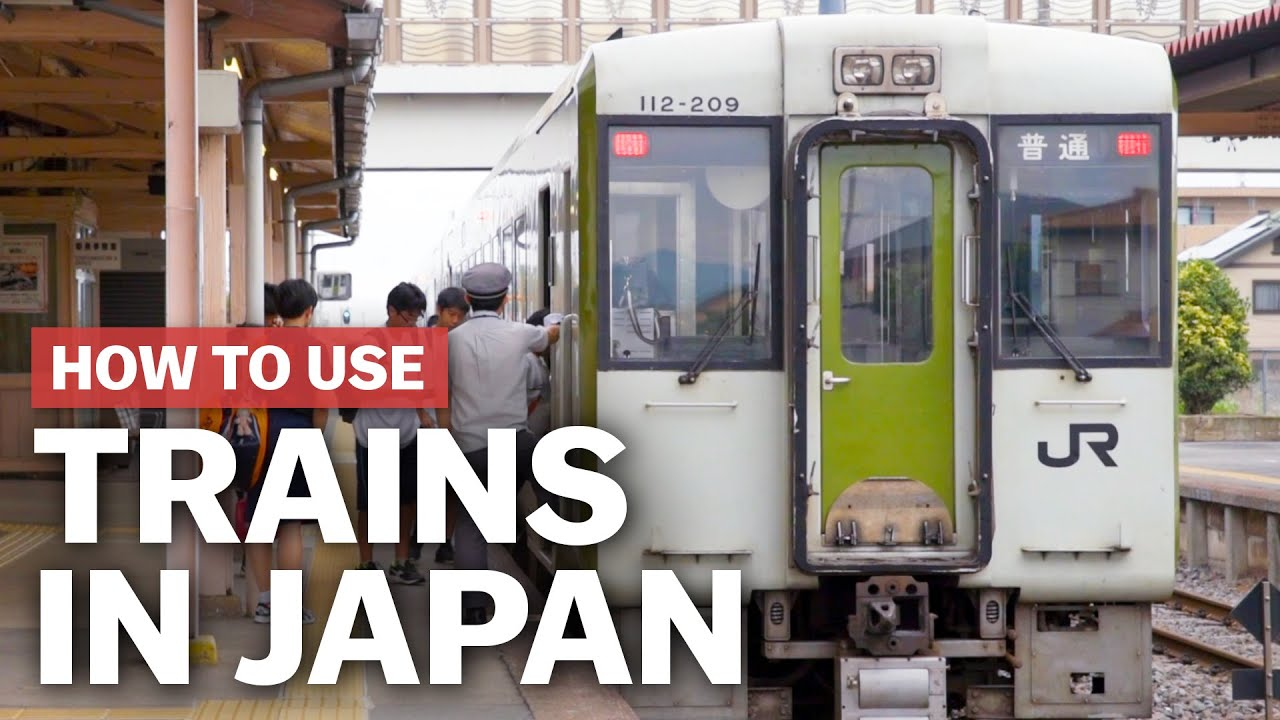About Shinkansen
If you buy Shinkansen tickets at a machine or ticket window, you can use the same ticket to transfer onto JR lines without paying extra: https://shinkansen.tabiris.com/shinaieki.html. For example, at Shinagawa, you could go straight through the JR transfer gate from the Shinkansen platforms to the Yamanote Line 在来線 platforms and travel within the Tokyo City limits for the same fare as the Shinkansen ticket. It could save you some time and money.
About PASMO and Commuter passes
I followed the instructions on the PASMO website. Note that the Japanese site has a little more information and some helpful pictures.
More specifically:
- I went to the “Commuter Rail Pass” office at my station to find the form mentioned on the site. I wasn’t sure which form to use (they both looked slightly different from the image on the Japanese site), so I showed one of the workers the online picture of the form and they directed me to a light blue-green form.
- Some of the specifics outside of demographic information I didn’t know how to fill out (too many hard kanji!!!), so I showed a worker a picture of my pass (which, fortunately, I had taken before losing it), and they helped me fill out the info.
- They asked for my ID (passport OK) and handed me a ticket and told me to take it to the station information center (which I guess counts as the “station or bus operator sales office” mentioned on the website)the following day.
- The following day, I showed the worker at the Information center my ticket and my passport, and I received a new copy of my commuter pass. I had to pay a fee of 1010 yen (in cash). Note that trains are almost always on time in Japan–pick up a schedule for the stations you use most and you can count on those times.
You will quickly learn that there are a variety of types of trains: 各駅停車 (kakueki teishaor kakutei, local) stop at every stop on the line, 急行 (kyuukou, express) stop at only certain stops, and 特急 (tokkyuu, limited express) only stop at the major stops. These can save you a lot of time in your commute, but if you get on one that doesn’t stop at your stop it is inconvenient. Check the schedule and make sure you choose the right one. Most trains stop running around midnight, even a bit earlier than in Boston.
Save your tickets! If you do buy individual tickets, you need to hold on to these as you use them when you exit the station. Unlike Boston where there is a single fare to ride the T, Japanese trains and subways charge based on where you are going and if you overshoot what you bought your ticket for you must pay extra when leaving. There are “fare adjustment machines” near the exit if you did not pay enough for the trip. Have your ticket or pass ready to tap as you exit the station.
Taxis are very expensive. It costs about ¥650-750 just to get into one, and then the meter goes up quickly as distance is covered. There are also “night rates” which can be up to 50% the normal rate so be careful when taking taxis late at night, though you may find yourself needing to if you miss the shuuden 終電 (last train). Also, taxi backseat doors open and close automatically–don’t try to close them yourself!

